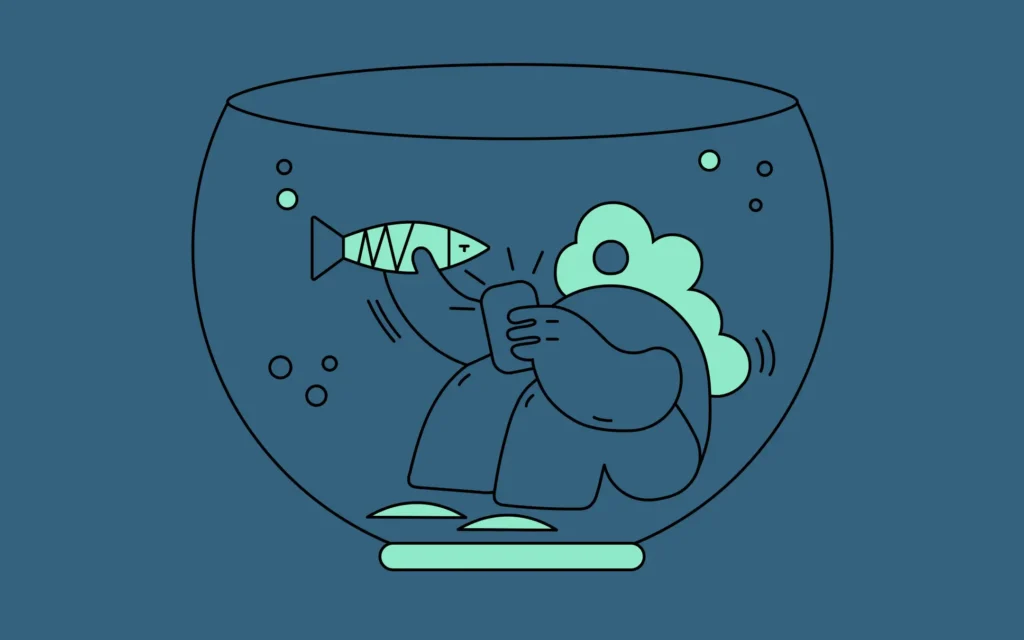Branding Project: Do You Actually Want Something Bold?
Branding Project: Do You Actually Want Something Bold?

Make it Bold
There is a four-letter word that gets said during every branding project. No, not that one. The word is “bold” and no one knows what it actually means.
Perhaps it’s the word’s own sense of daring and fearlessness that has allowed it to march undaunted into every creative brief and client meeting, even when it is not requested. Enterprise software companies want to be bold. Insurance adjuster services want to be bold. Startups and law firms and logistic companies want to be bold. But do they really?
What it Is and What it Isn’t
Here’s what bold is: it’s uncomfortable. It’s the tallest leaf of grass daring someone to cut it. It will garner you some attention, sure, but it will also get you in trouble. It’s a willing and gleeful rejection of sameness at all costs.
Here is what bold is not: it’s not easy to get approved. It’s not a minor tweak that fears to disrupt existing perceptions. It’s not a new color and stock photo with the same logo.
When a client says, “We want something bold,” nine times out of ten it actually means, “I’m absolutely terrified of change.” Here’s the thing. As much fun as it is to put the blame on the client – and it is very fun – they are doing exactly what they are supposed to do. Be safe, be careful, don’t damage the brand.
The magic trick of a great agency is not coming up with a bold idea – it’s finessing the right visual applications and strategic frameworks for that bold idea to survive the cutting room floor. Some of that work simply comes down to educating your client on the branding process in general – what are these assets, what do they mean, how do we activate them?
Keeping Bold Ideas Alive
But the real heavy lifting for getting bold work through the guillotine unscathed starts in the design pitch deck. How do you present ideas? How much narrative, context, and scene-setting do you provide? Do you present the work on a sliding scale of safe to bold? Is it possible to rig the system by reordering the work to trick the client into the “right” choice? (Almost never.)
As far as I can tell, the only surefire way to keep a bold idea alive is to never put the onus of imagination on someone else. If you leave something up to someone else’s imagination, you’re letting them draw the constraints of what’s possible. The client’s version of what’s possible will always be smaller – that’s why they hired you in the first place.
Our design presentation decks are incredibly extensive. Every concept is supported by a narrative, an animated schematic that shows the influences that led to the design, and an ever-growing myriad of creative apps that span print, digital, product, social media, motion, and of course, swag. Even if the assignment is for a short-term execution, our concepts still show how the brand could potentially evolve the design over the next few years.
It’s a herculean amount of work and the inherent risk is that it goes to waste. But in taking the imaginative leap for the client, you inevitably end up further than if you let them define the starting line. If you’re a brand, the goal should be to hire an agency that will elevate your thinking and respectfully challenge what you think is absolute. That kind of agile relationship can lead into some, dare I say, bold territory.
Stay Nervous
Agencies can only do so much. If you really want to disrupt something (and seemingly everyone in Silicon Valley does), then your copy and design should make you nervous. If you’re working with a great agency, that nervousness will be tempered by a process of education and foresight.
Bold doesn’t have to mean reckless. It doesn’t have to mean shock value or clickbait or artificial flavoring. Bold is simply embracing the fact that there’s immense value in meaningful differentiation. Chances are you’re already comfortable using the word. Now it’s time to truly embrace the spirit.
Emotive Brand is a brand strategy and design agency in Oakland, California.






